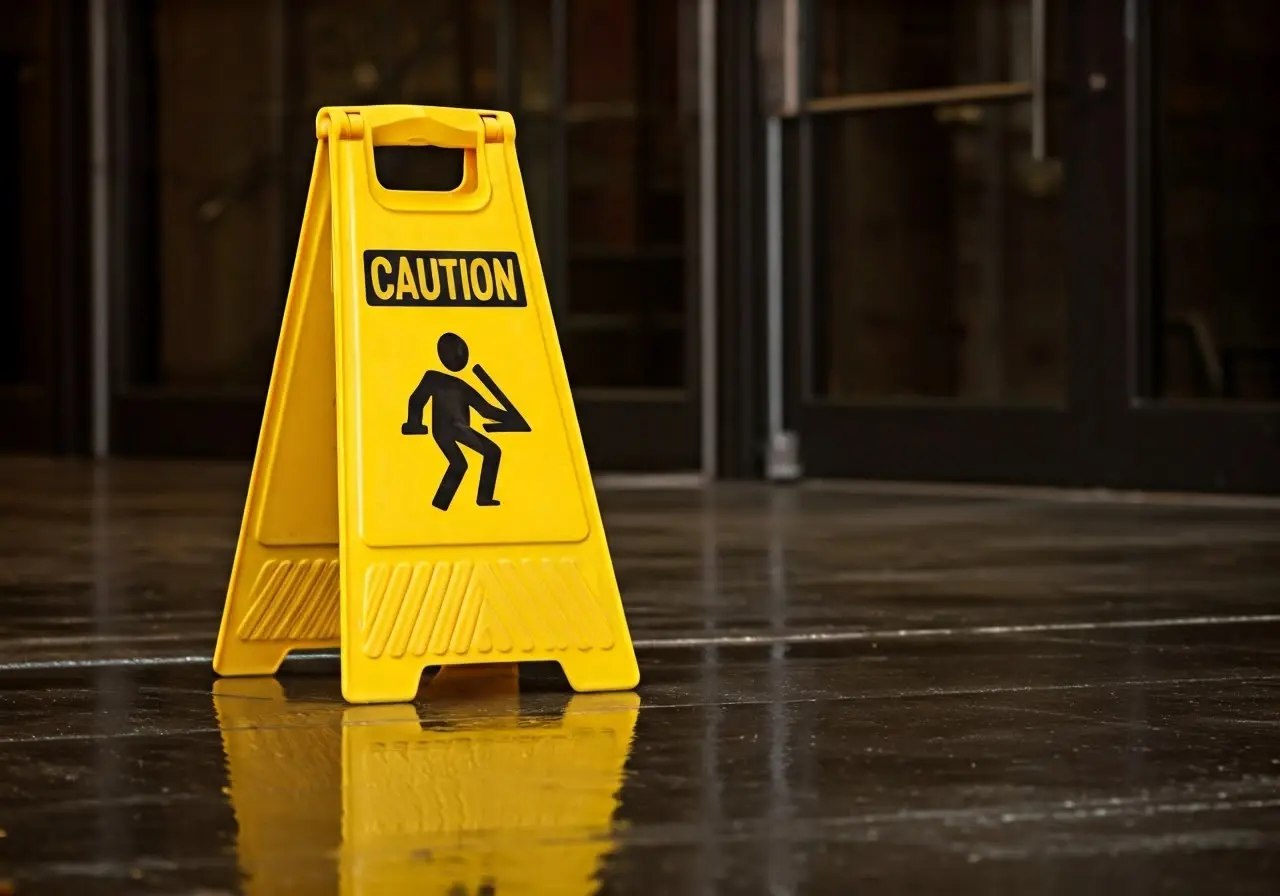How Does a Slip Fall Lawyer Determine Liability in an Accident?
Slip and fall accidents can happen anywhere and result in serious injuries. Determining liability in these cases can be complex, which is why having a slip fall lawyer is invaluable. In this blog, we’ll walk you through how a slip fall lawyer evaluates the specifics of an accident to establish who is at fault.
Understanding the Circumstances of the Accident
The first step a slip fall lawyer takes is to understand the detailed circumstances surrounding the accident. This includes where it happened, the conditions of the area, and any relevant policies or practices of the property owner. These details lay the groundwork for identifying potential liability.
A thorough examination of the location where the accident occurred is crucial. Often, a lawyer will visit the site to inspect the surface conditions, lighting, and any safety measures in place at the time of the accident. This first-hand observation helps correlate witness statements and photos to the actual conditions, making it an invaluable part of understanding the incident’s context.
Gathering Evidence and Documentation
Collecting evidence is essential in any slip and fall case. A lawyer will gather photographs, witness statements, accident reports, and medical records. This evidence helps paint a clear picture of the incident and supports claims of liability.
Slip fall lawyers emphasize gathering video footage, if available, which can provide crucial insights into the accident’s cause and effect. Video evidence tends to be one of the most compelling forms of documentation available, offering a chronological view of events leading to a slip and fall incident.
In addition to the evidence, obtaining comprehensive medical documentation is vital. Medical records not only substantiate the extent of injuries but also specify the necessary treatments, helping to evaluate the financial implications and ensuring the client receives appropriate compensation.
Analyzing the Property Owner’s Responsibility
A critical aspect of determining liability is evaluating the responsibility of the property owner. The lawyer will assess whether the property owner took reasonable steps to ensure safety, including regular maintenance and clear warnings of potential hazards.
Another key factor is the legal duty of care that property owners have towards invitees. This refers to the obligation to keep the premises reasonably safe. Property owners may be held accountable if they knew, or should have known, about potentially dangerous conditions but failed to address them in a timely manner.
Assessing Contributory Negligence
Sometimes, the injured party’s actions may have contributed to the accident. A slip fall lawyer will consider if the victim acted in a way that might diminish their claim, such as ignoring warning signs or being distracted.
It is important to evaluate whether the actions of the injured party could have reasonably been avoided. For instance, if an individual was texting and walking at the time of the fall, this behavior might complicate liability assignments. Each case is unique, requiring careful consideration to determine the impact of potential contributory negligence.
Building a Strong Legal Case
Once all information and evidence are collected, the lawyer will construct a strong legal case. This includes a detailed account of the accident, supported by evidence, to negotiate settlements or present in court if necessary.
Slip and fall cases often require the integration of expert testimonials to establish key facts. These experts may include engineers to testify about the safety of a facility’s design and medical professionals to discuss the nature of the injuries sustained. Such expert insights contribute significantly to the strength of a legal case.
Final Thoughts on Determining Liability
Determining liability in a slip and fall case involves a careful examination of various factors and evidence. A slip fall lawyer plays a crucial role in forming a strong case by evaluating these elements with expertise. With a clear understanding of the process, you can feel more prepared and informed when seeking the assistance of a legal professional.

